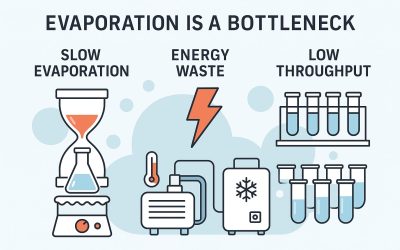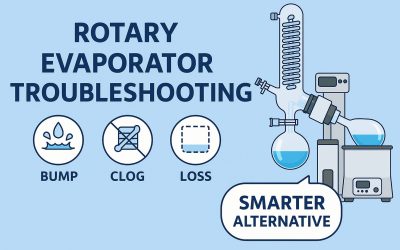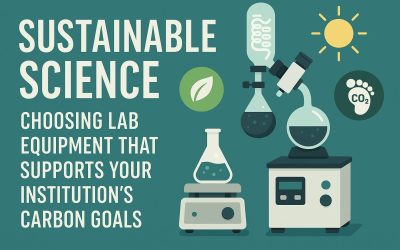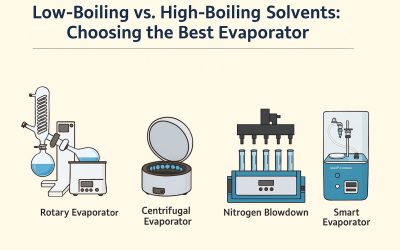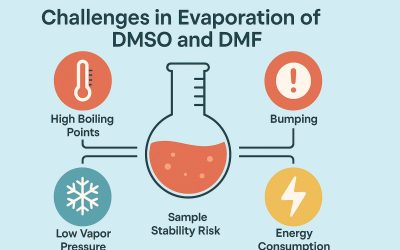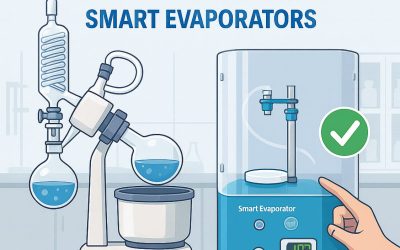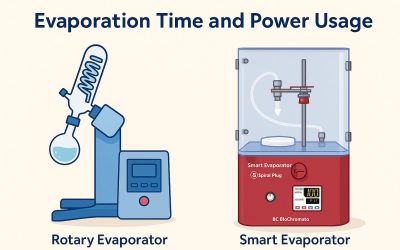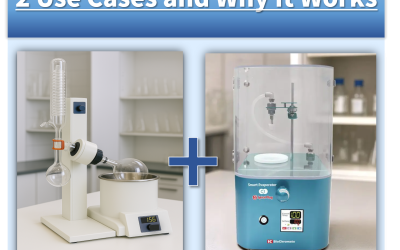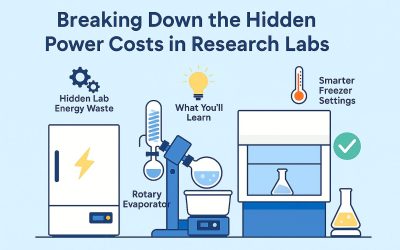Blog/News
In many laboratories, synthesis, purification, and analysis are automated—yet solvent evaporation ...
On this page Are you frustrated with your rotary evaporator?
Why look for an alternative...
Laboratories are among the most energy-intensive facilities globally, consuming far more power per...
When removing solvents in the lab, selecting the right evaporation method depends not only on the so...
In many labs, evaporating high-boiling solvents like DMSO or DMF quietly drains more energy than y...
Table of Contents 1. Introduction
2. Meet the Smart Evaporator
3. Tip 1: Safer Heating ...
BioChromato is excited to exhibit at ACS Fall 2025! Visit our booth to experience the ...
Many researchers continue to rely on rotary evaporators without questioning their energy usage or ...
Introduction
In today’s research laboratories, solvent evaporation is a routine yet critical st...
Laboratories use 5–10 times more energy per square foot than standard office spaces (U.S. Depart...

